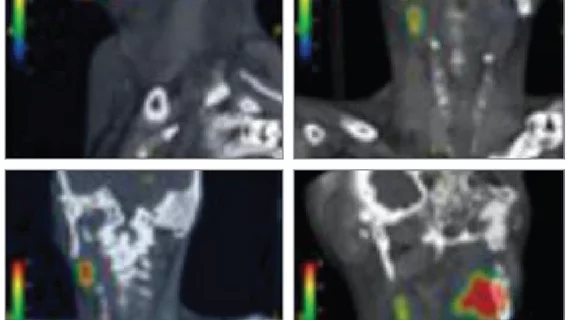Experts release new appropriate use criteria for lymphoscintigraphy in sentinel node mapping
The Journal of Nuclear Medicine has published updated appropriate use criteria (AUC) relative to lymphoscintigraphy in sentinel node mapping and lymphedema/lipedema.
The new AUC are the result of collaboration between the Society of Nuclear Medicine and Molecular Imaging and 10 other professional societies. The AUC include a total of 32 clinical scenarios that have been grouped into four categories of cancer: breast, skin, cancer of other sites and lymphedema. Pediatric considerations also are addressed.
Once the clinical scenarios had been determined, a multidisciplinary expert panel then graded them for appropriateness based on the latest literature and expert opinions. Factors such as potential harm, associated costs, accessibility and patient preferences also influenced the final AUC.
The new AUC follow years of advancements in molecular imaging that have expanded into clinical use of sentinel node mapping. These advancements led the 11 societies to work together to fine-tune lymphoscintigraphy recommendations that better reflect currently available radiopharmaceuticals and technology.
“These AUC are intended to assist healthcare practitioners in considering nuclear lymphoscintigraphy,” the authors wrote. “It is hoped that through these recommendations, nuclear medicine lymphatic imaging techniques will be used to benefit patients in the most cost-effective manner.”
The group acknowledged that although the new AUC can be used as an assistive tool, patients carry unique clinical scenarios and the recommendations “should not replace clinical judgment.”
SNMMI has made the full AUC for lymphoscintigraphy in sentinel node mapping and lymphedema/lipedema publicly available here.
To view the Journal of Nuclear Medicine’s summary of the AUC, click here.

